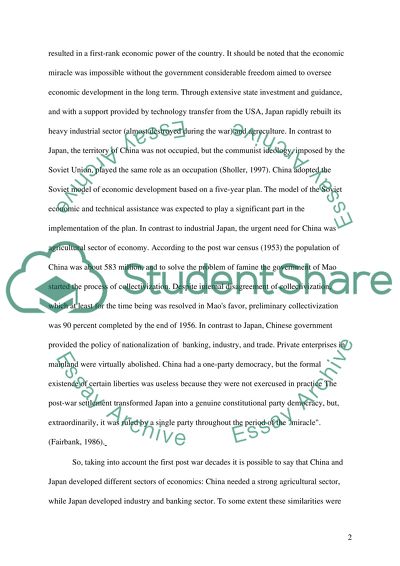Cite this document
(“Development in Japan and China after WWII Essay”, n.d.)
Retrieved from https://studentshare.org/politics/1533860-development-in-japan-and-china-after-wwii
Retrieved from https://studentshare.org/politics/1533860-development-in-japan-and-china-after-wwii
(Development in Japan and China After WWII Essay)
https://studentshare.org/politics/1533860-development-in-japan-and-china-after-wwii.
https://studentshare.org/politics/1533860-development-in-japan-and-china-after-wwii.
“Development in Japan and China After WWII Essay”, n.d. https://studentshare.org/politics/1533860-development-in-japan-and-china-after-wwii.


